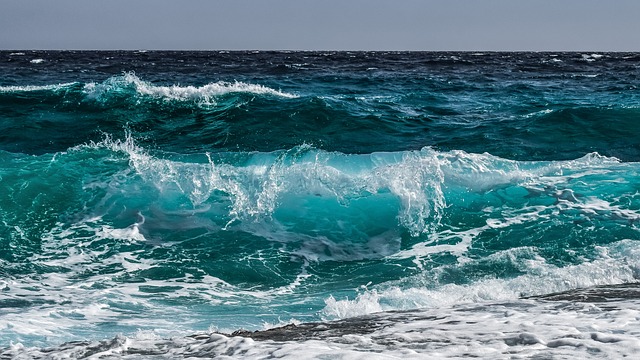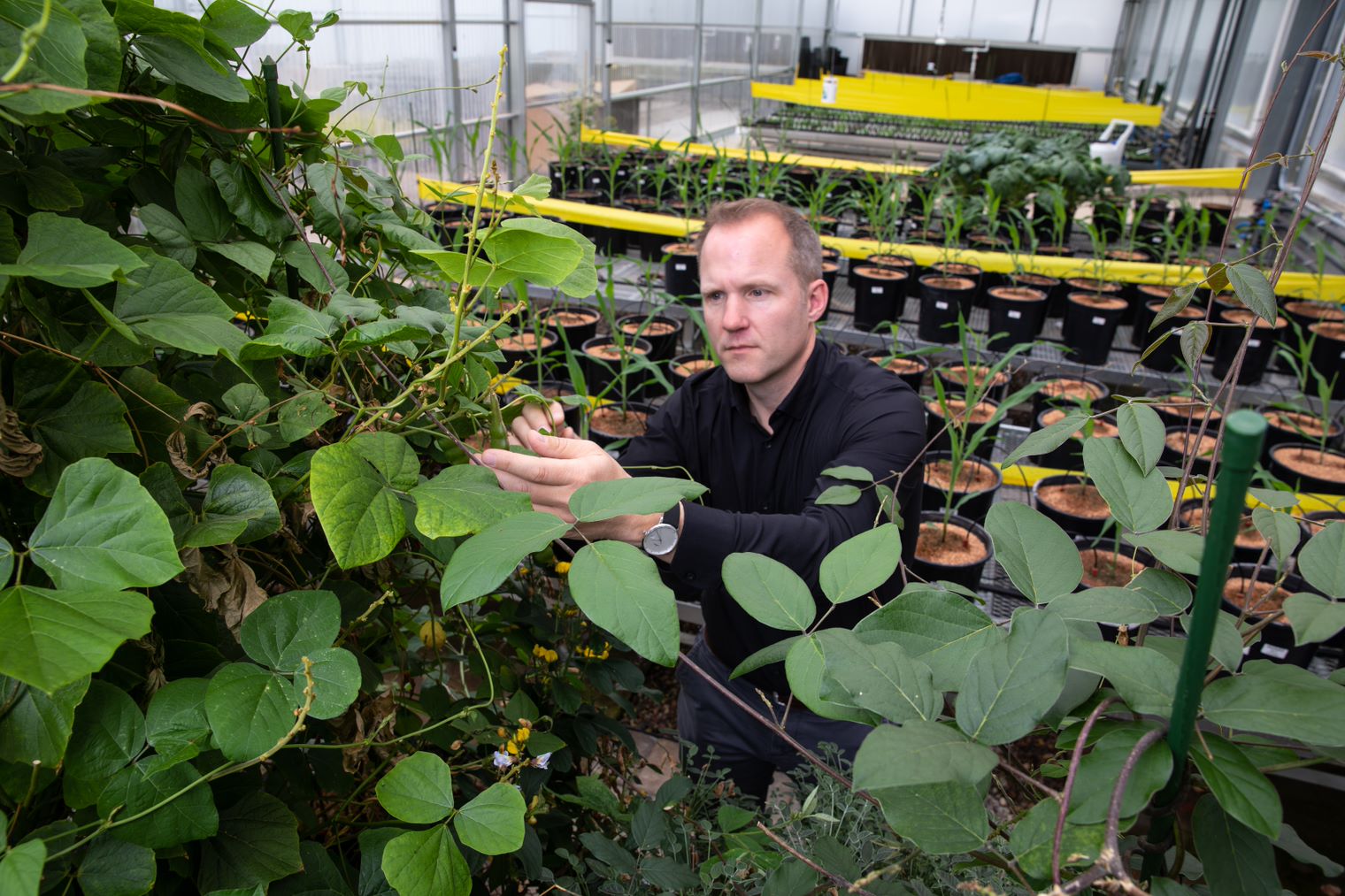Higher atmospheric CO2 levels could also lead to a shift in growing regions and increased pests and diseases.
As climate change progresses, the ocean’s overturning circulation is expected to weaken significantly. Previously, scientists predicted that this slowdown would reduce the ocean’s ability to pull down carbon dioxide from the atmosphere. However, it was also believed that slower circulation would bring up less carbon from the deep ocean, maintaining the ocean’s role in reducing atmospheric carbon emissions, albeit at a slower pace.
In a news release from the Massachusetts Institute of Technology (MIT), a researcher challenged this understanding, suggesting that a weaker ocean circulation could instead release more carbon from the deep ocean into the atmosphere. This discovery has implications on the ocean’s capacity to store carbon and mitigate climate change.
“By isolating the impact of this feedback, we see a fundamentally different relationship between ocean circulation and atmospheric carbon levels, with implications for the climate,” author a research scientist in MIT’s Department of Earth, Atmospheric and Planetary Sciences Jonathan Lauderdale said in the release. “What we thought is going on in the ocean is completely overturned.”
Lauderdale emphasized the urgency of proactive emission reductions
“We can’t count on the ocean to store carbon in the deep ocean in response to future changes in circulation,” he said. “We must be proactive in cutting emissions now, rather than relying on these natural processes to buy us time to mitigate climate change.”
Lauderdale’s study will be published in the journal Nature Communications.
Box Flow
In 2020, Lauderdale led a study examining the interactions between ocean nutrients, marine organisms and iron, particularly how they influence the growth of phytoplankton worldwide. Phytoplankton, which live on the ocean surface, absorb carbon dioxide from the atmosphere through photosynthesis, significantly contributing to the ocean’s carbon sequestration.
Using a simple “box” model to represent different ocean conditions, Lauderdale’s team demonstrated that adding extra iron to the oceans would not significantly boost global phytoplankton growth due to the limiting role of ligands—organic molecules that make iron soluble and available to phytoplankton.
Unexpected Switch
After publishing their study, Lauderdale extended the box model to include ocean and atmosphere carbon exchange and more diverse environments, such as the Pacific, North Atlantic and Southern Ocean. He tested varying ocean circulation strengths, expecting weaker circulation to result in less atmospheric CO2, a relationship supported by previous studies. Instead, he found the opposite: weaker circulation led to more CO2 in the atmosphere.
“I thought there was some mistake,” Lauderdale said. “Why were atmospheric carbon levels trending the wrong way?”
The unexpected trend was due to variable ligand concentrations. When he set ligand concentrations as constant, the model reverted to the expected relationship. However, real-world data, such as that from the GEOTRACES program, showed that ligand concentrations do vary across ocean regions, supporting the new finding.
“It’s this one weird trick that changed everything,” Lauderdale noted. “The ligand switch has revealed this completely different relationship between ocean circulation and atmospheric CO2 that we thought we understood pretty well.”
Slow Cycle
Further analysis revealed that weaker circulation reduces the upwelling of carbon and nutrients, limiting phytoplankton growth and the production of ligands. This feedback loop results in less available iron and fewer phytoplankton to absorb CO2, leading to increased atmospheric carbon levels.
“My work shows that we need to look more carefully at how ocean biology can affect the climate,” Lauderdale pointed out. “Some climate models predict a 30 percent slowdown in the ocean circulation due to melting ice sheets, particularly around Antarctica. This huge slowdown in overturning circulation could actually be a big problem: In addition to a host of other climate issues, not only would the ocean take up less anthropogenic CO2 from the atmosphere, but that could be amplified by a net outgassing of deep ocean carbon, leading to an unanticipated increase in atmospheric CO2 and unexpected further climate warming.”













